Hidden underground in Ky Anh commune (now Tam Thang commune, Tam Ky city, Quang Nam), Ky Anh tunnels are a testament to the resilient fighting spirit and extraordinary creativity of the Quang Nam army and people during the years of resistance.
In May 1965, the Ky Anh tunnels were dug by local people, using simple tools such as hoes, shovels, crowbars, baskets, etc., with the participation of many forces such as soldiers, local guerrillas, women, and farmers.
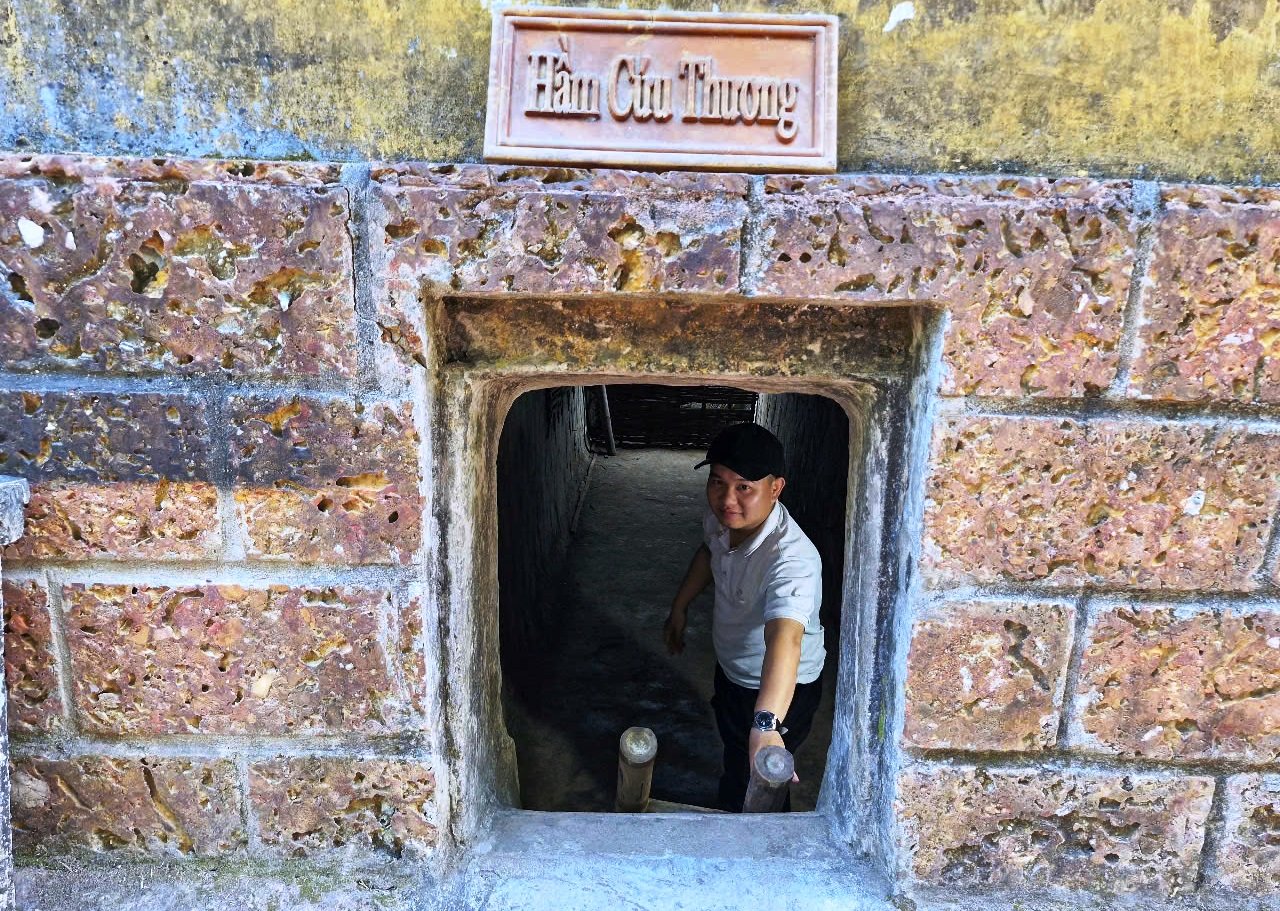
Entrance to the ambulance
PHOTO: MANH CUONG
By 1967, the tunnel was completed with a total length of about 32 km, width from 0.5 - 0.8 m, height about 0.8 - 1 m, the length of each section depending on the terrain of each village.
The tunnels were not only shelters but were also designed with many different functions: command bunkers, medical bunkers, food bunkers, bomb shelters, secret fighting positions and even cleverly camouflaged ventilation tunnels.
Ky Anh tunnels became a "people's base", contributing to resounding victories in the resistance war against America to save the country.
Mr. Huynh Kim Ta (66 years old, in Thach Tan village) said that along with Cu Chi tunnels (in Ho Chi Minh City) and Vinh Moc tunnels (Quang Tri), Ky Anh tunnels are one of the three largest tunnels in Vietnam during the war against foreign invaders.
Ky Anh tunnels originate from the ancient Thanh Tan communal house, which is over 300 years old. In the past, the tunnel digging began right under the bamboo rows and native climbing plant system.
In particular, each of the people's artillery shelters had a path leading to Ky Anh tunnel, so when the enemy arrived, revolutionary cadres and soldiers followed the artillery shelter to hide in the tunnel.
Many mysteries surrounding the 300-year-old communal house
In Vinh Binh village, the tunnel originates from the well of Mr. Ho Ky's family. When going down from the water surface, there are 3 underground paths.
Specifically, one road leads to Vinh Binh village. Another road leads to the house of martyr Pham Si Thuyet, a reliable revolutionary base, because under the house is a secret revolutionary bunker. Another road leads to Dam River with a system of swampy reed beds of more than 180 hectares.
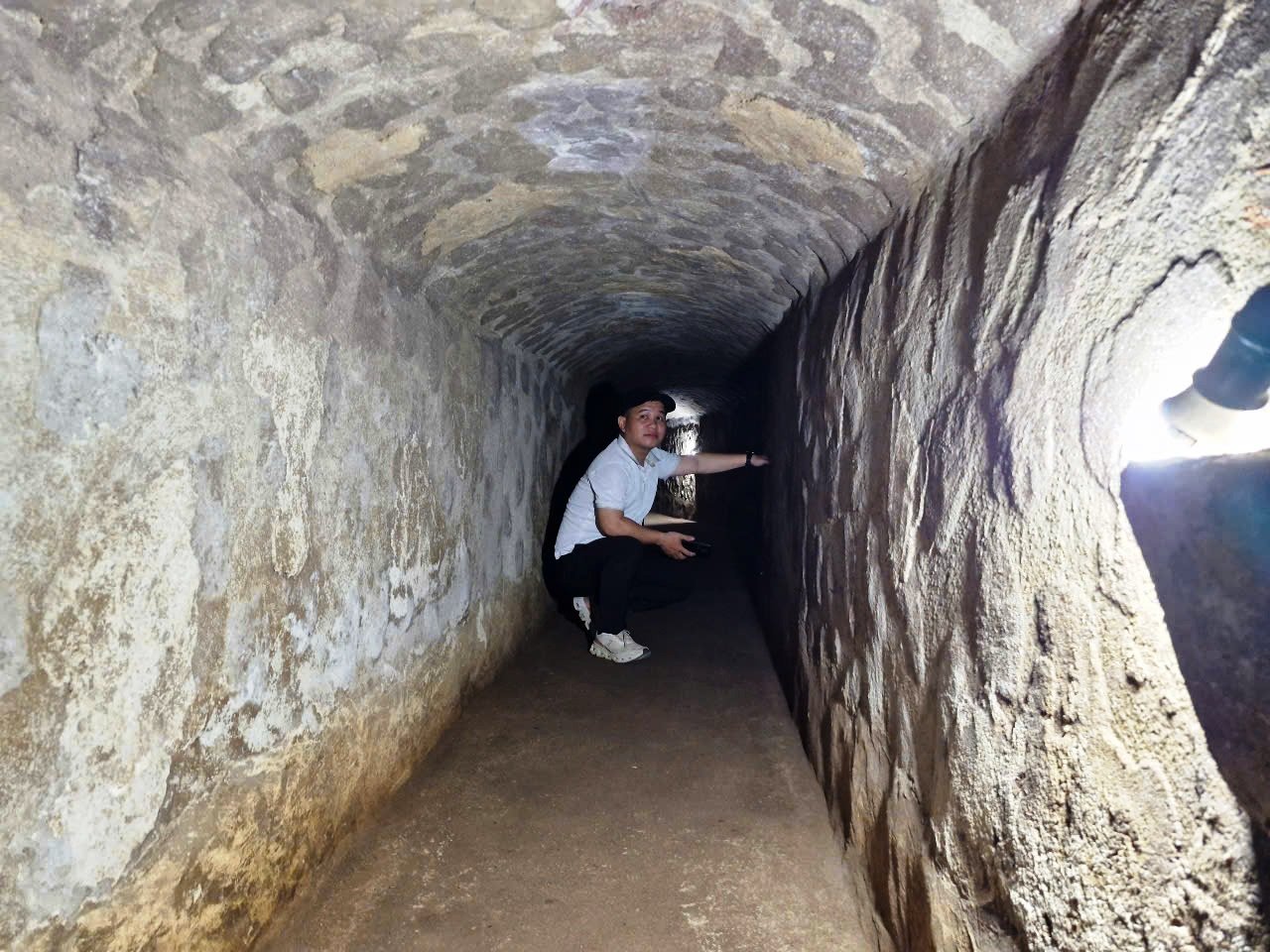
Inside Ky Anh tunnels
PHOTO: MANH CUONG
According to Mr. Ta, the location of Ky Anh tunnel is only 7 km from the old government headquarters and only about 2 km from the base where the US troops were stationed, so this place is considered a strategic area of the revolution, playing a very important role.
"Because of its important location, during the war, this place was often fiercely attacked by the enemy, causing serious destruction to houses and villages. During the war, Thach Tan village had only 140 households with more than 600 people, but had 203 martyrs and 59 heroic Vietnamese mothers. After 2 wars against foreign invaders, the whole Tam Thang commune had 1,252 martyrs and 237 heroic Vietnamese mothers," Mr. Ta shared.
Ky Anh tunnel has many passages in the commune, but the most concentrated are in Thach Tan and Vinh Binh hamlets. The digging time is from 5pm today to 2am the next day. The excavated soil and rock will be transported to the people's artillery shelters.
Mr. Ta also said that Ky Anh tunnels are different from Cu Chi and Vinh Moc tunnels in that they were built right in a residential area.
"The construction and secrecy of the tunnels were greatly contributed by the people. Therefore, in addition to the name Ky Anh tunnels, the project also has the name of the tunnel in the hearts of the people," Mr. Ta confided.
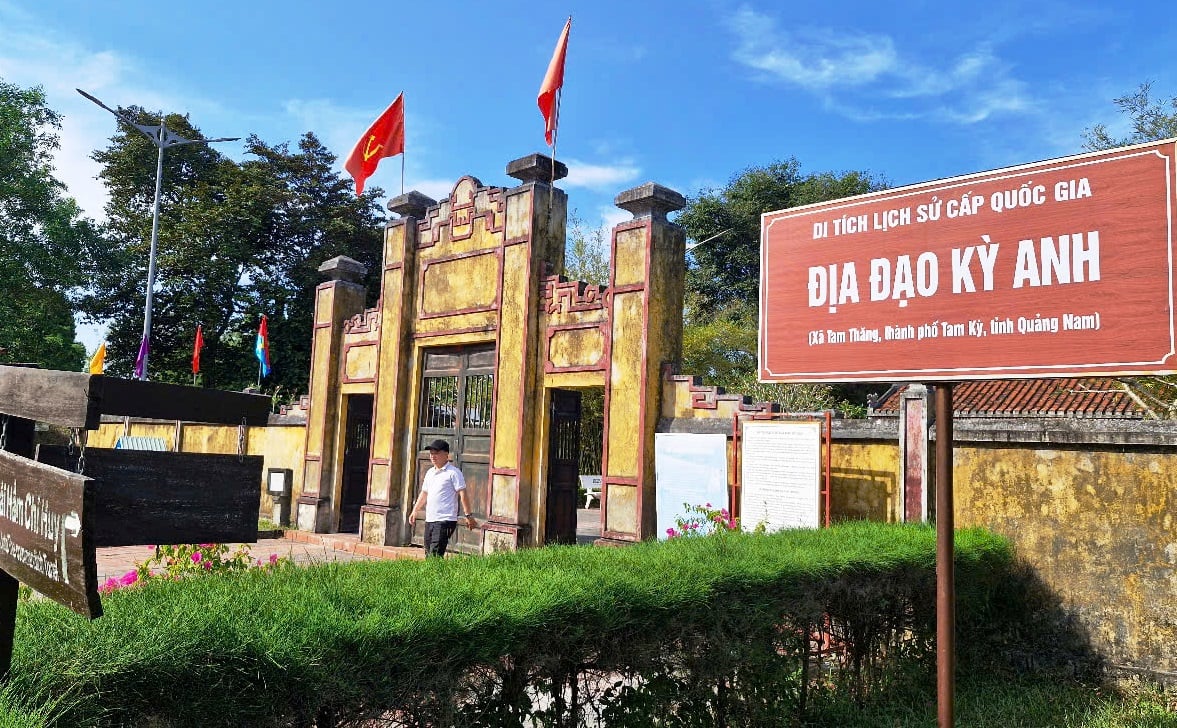
Ky Anh tunnels have been recognized as a national historical revolutionary relic.
PHOTO: MANH CUONG
A special feature that makes Ky Anh tunnels unique is that the tunnels run across the sacred Thach Tan communal house. This ancient communal house is not only a place for cultural and religious activities of local people but also witnessed an extraordinary event.
During the war, the communal house was a revolutionary base, and a first aid bunker and a food storage bunker were built under this ancient communal house. In 1968, the enemy marched here, suspecting it was a revolutionary base, so they used 4 tanks to break down the walls and then tied chains to the communal house pillars to pull it, but the chains were all broken.
"The extraordinary solidity of the communal house further increases the faith and spiritual strength of our army and people. Currently, the communal house pillars still bear bullet and chain marks," Mr. Ta added.
In 1997, Ky Anh tunnels were recognized as a national historical revolutionary relic.
Here are some pictures Thanh Nien reporter recorded about Ky Anh tunnel:
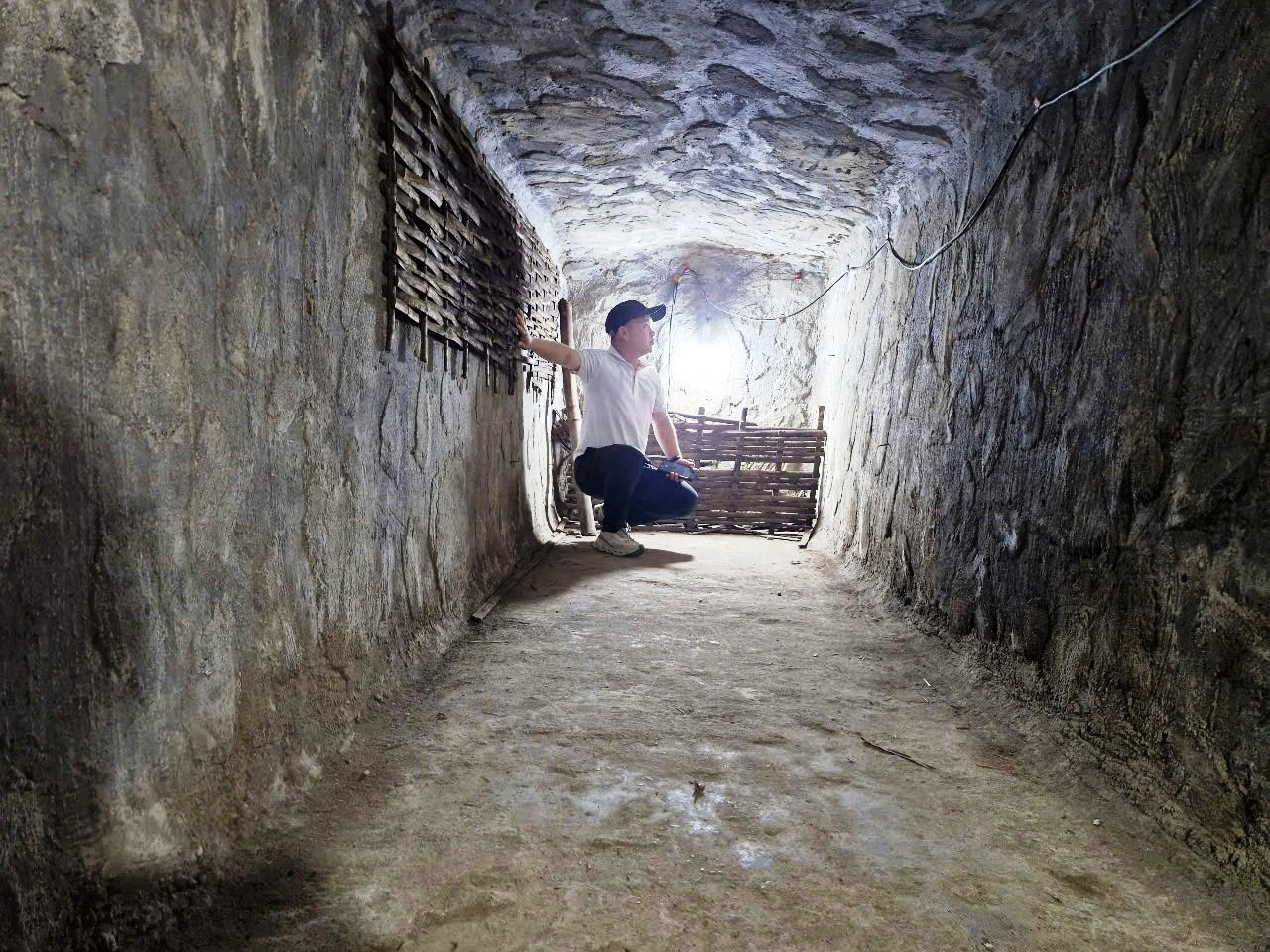
The first aid bunker is located right under the ancient communal house of Thach Tan village.
PHOTO: MANH CUONG
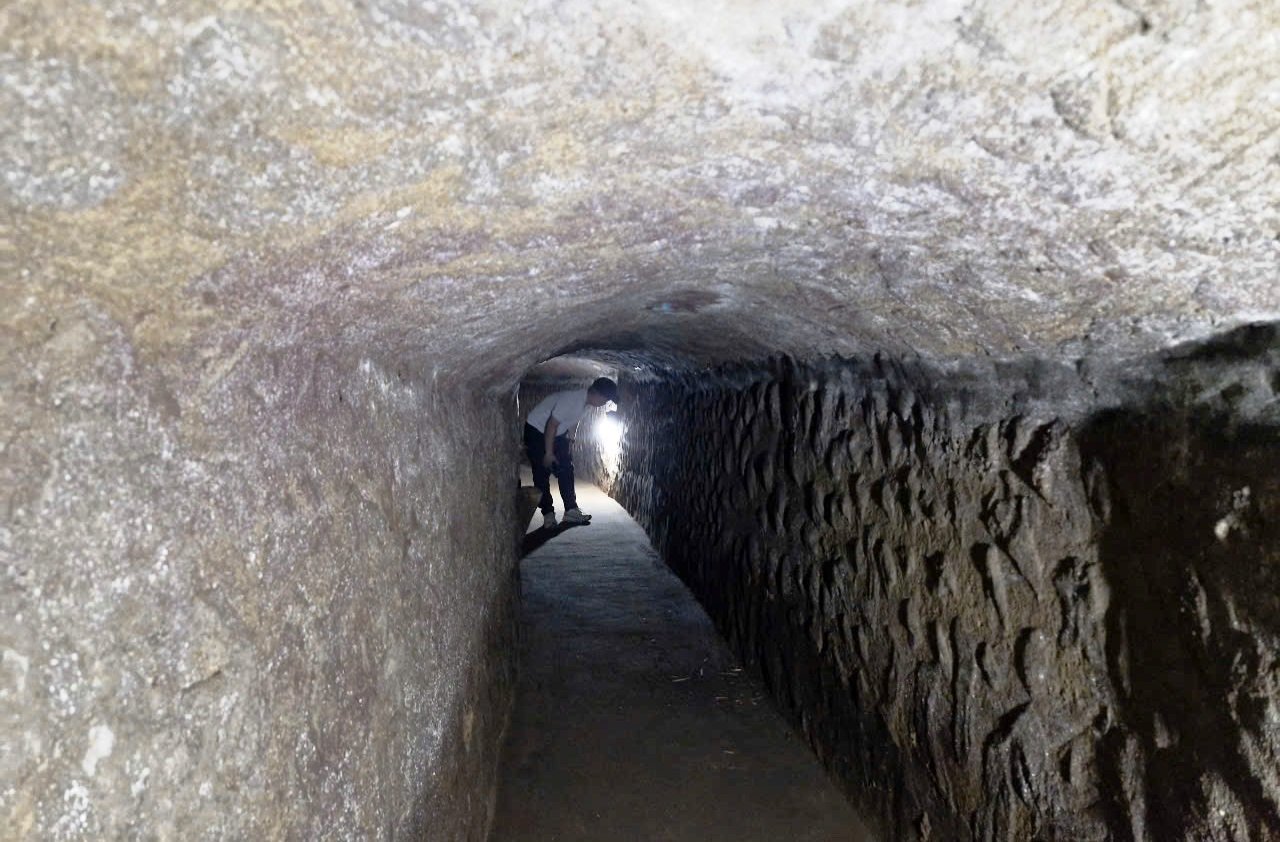
Ky Anh tunnels have a total length of 32 km.
PHOTO: MANH CUONG
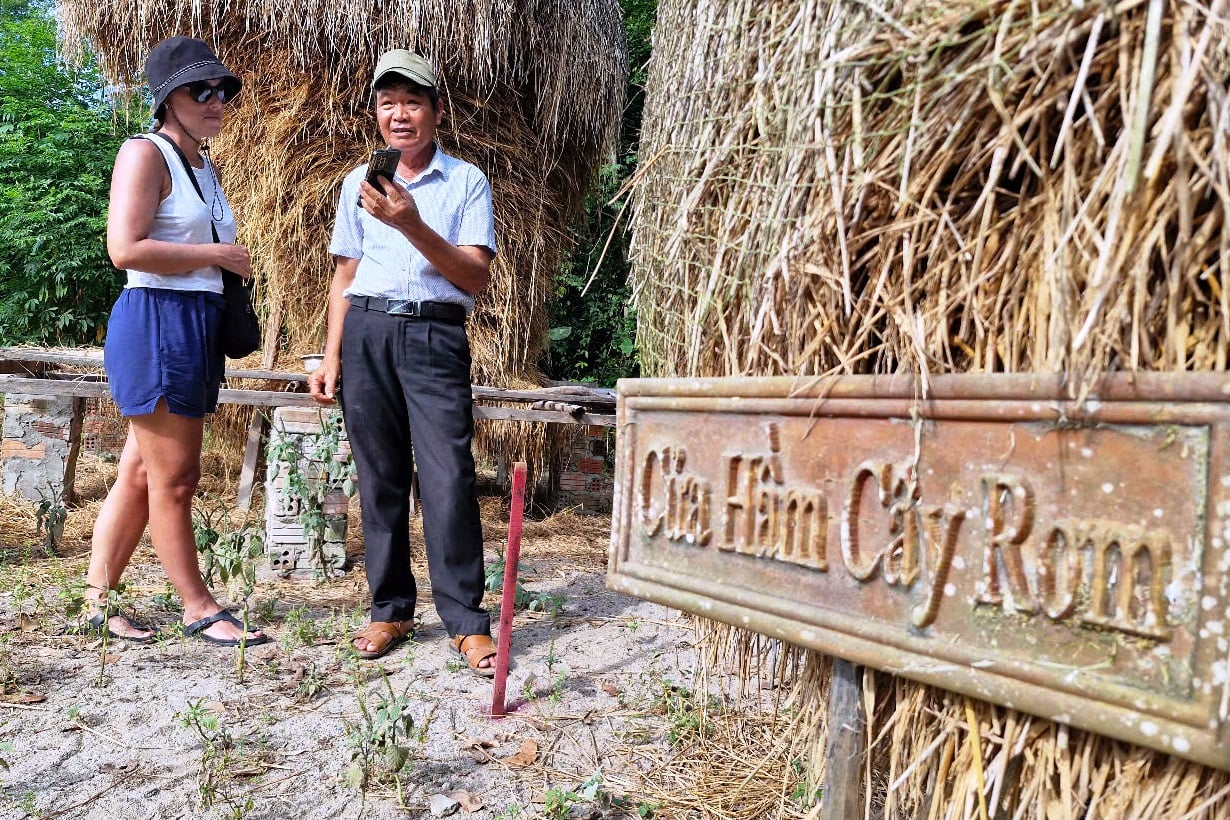
Mr. Huynh Kim Ta guides and explains to a foreign tourist when visiting Ky Anh tunnels.
PHOTO: MANH CUONG
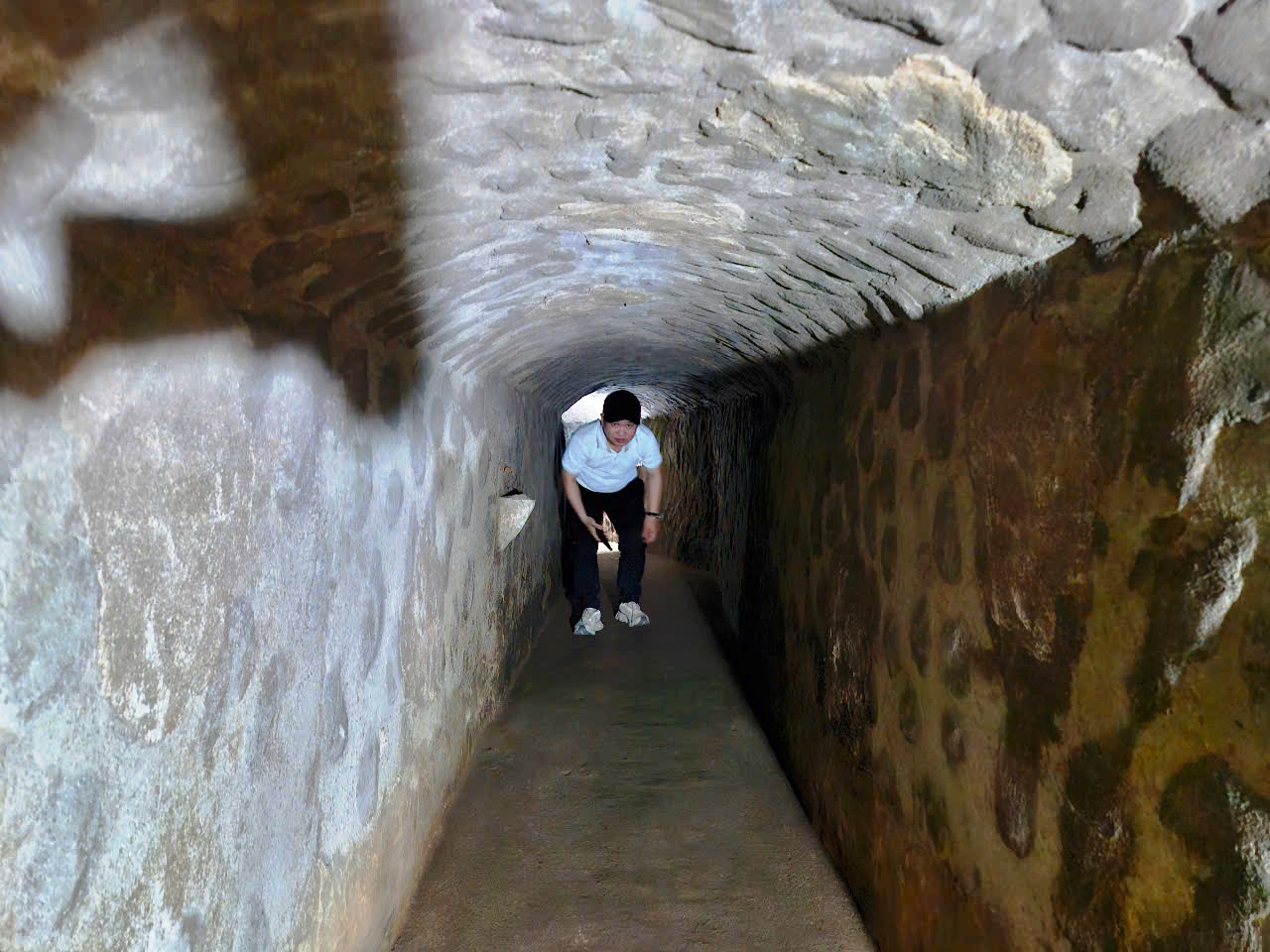
With an impressive length of 32 km, Ky Anh tunnels are not only a unique military structure but also a historical relic with deep cultural and spiritual values.
PHOTO: MANH CUONG
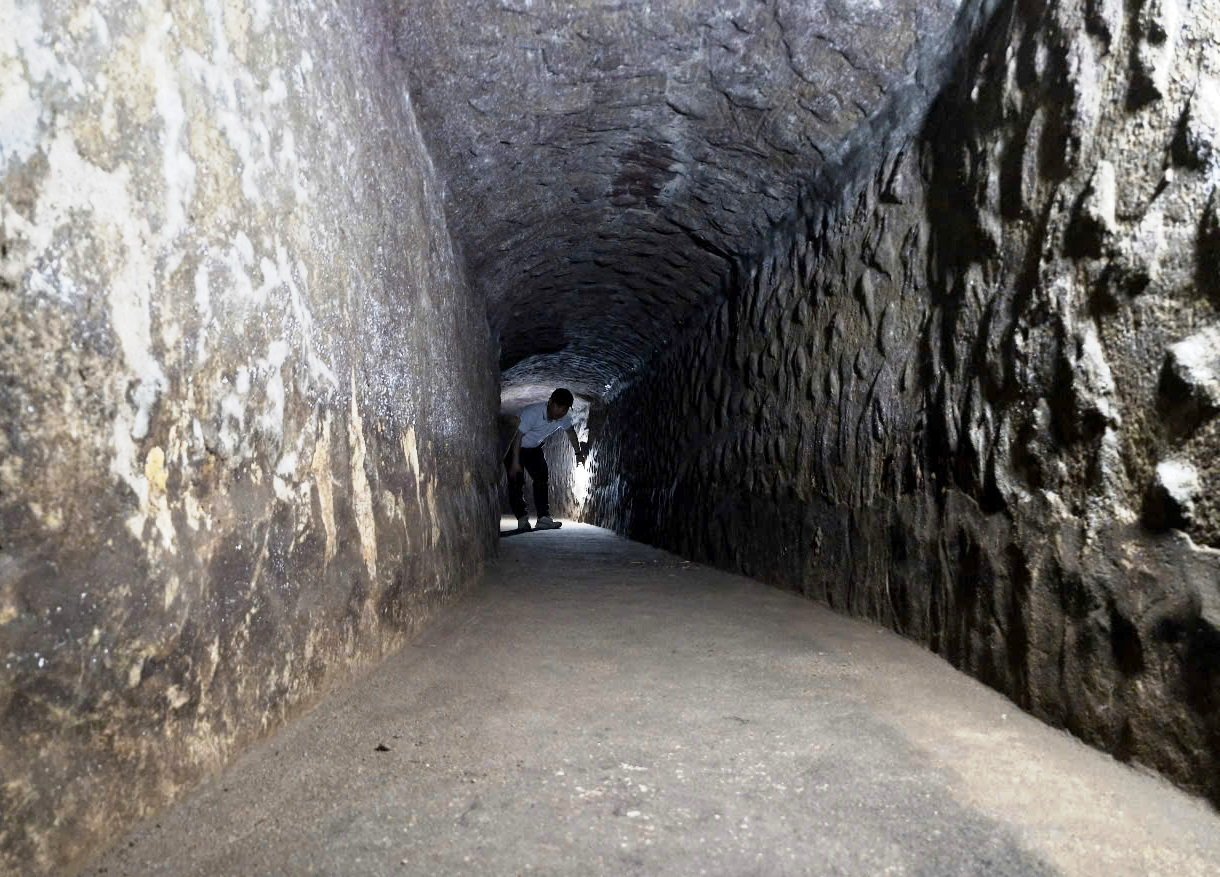
Ky Anh tunnel is considered one of the three longest and largest tunnels in Vietnam, comparable to Cu Chi tunnel (HCMC) and Vinh Moc tunnel (Quang Tri).
PHOTO: MANH CUONG
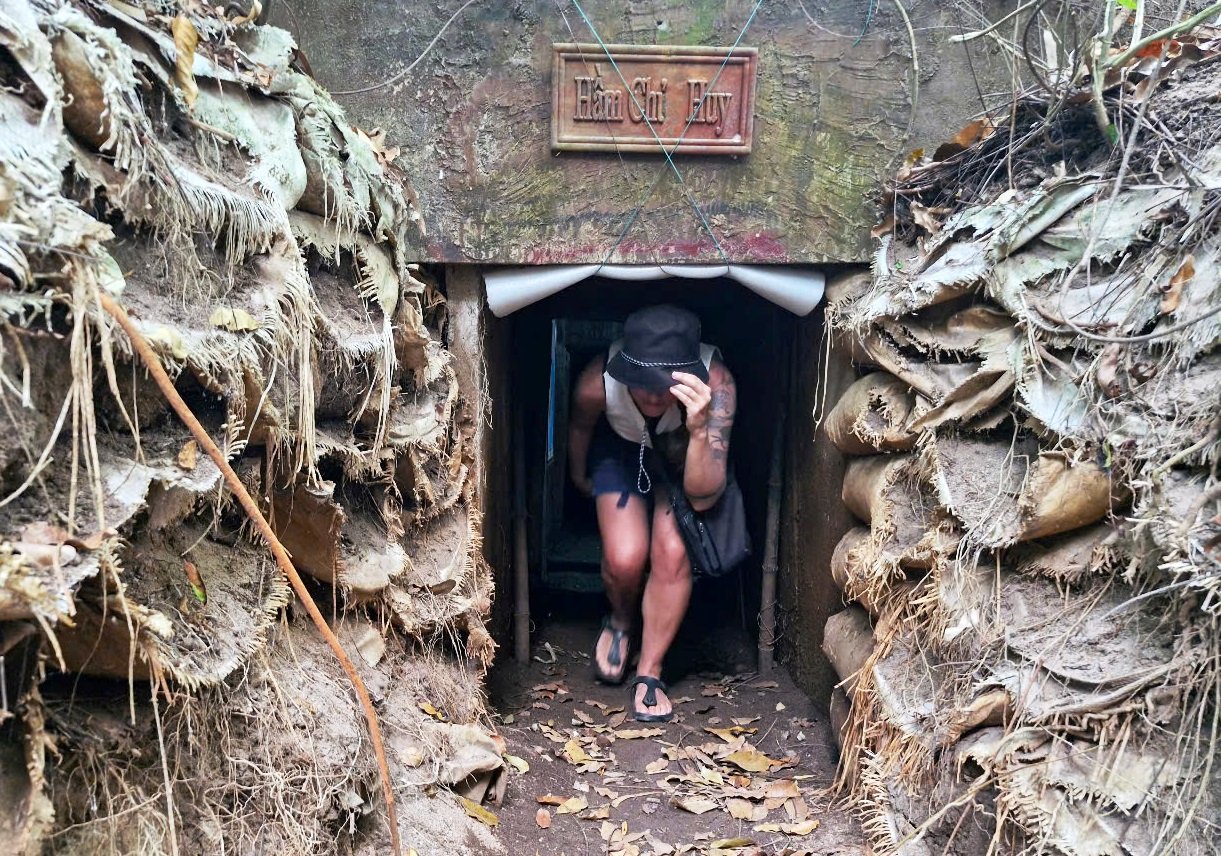
Entrance to the command bunker
PHOTO: MANH CUONG
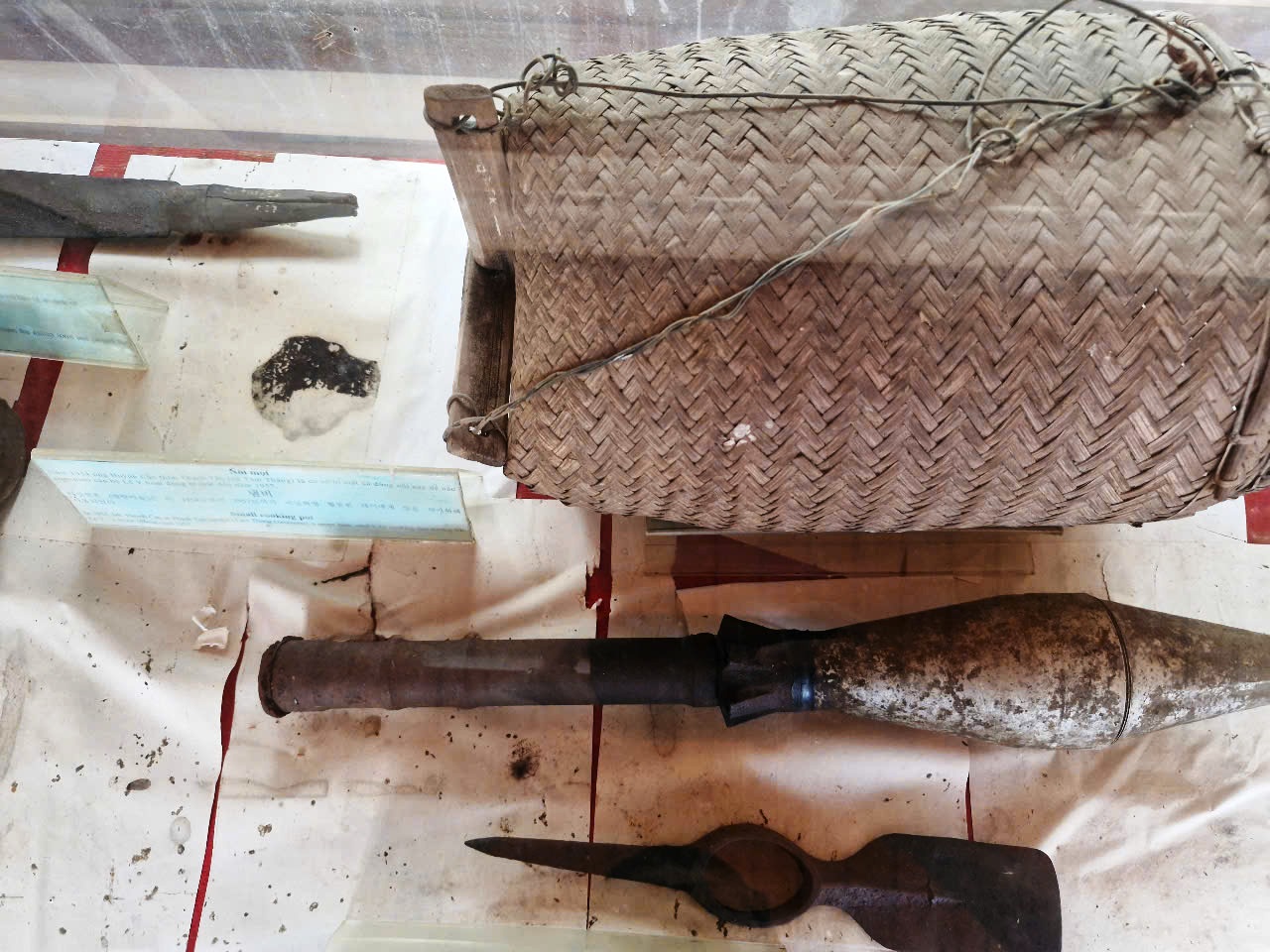
Artifacts on display at Ky Anh tunnels
PHOTO: MANH CUONG
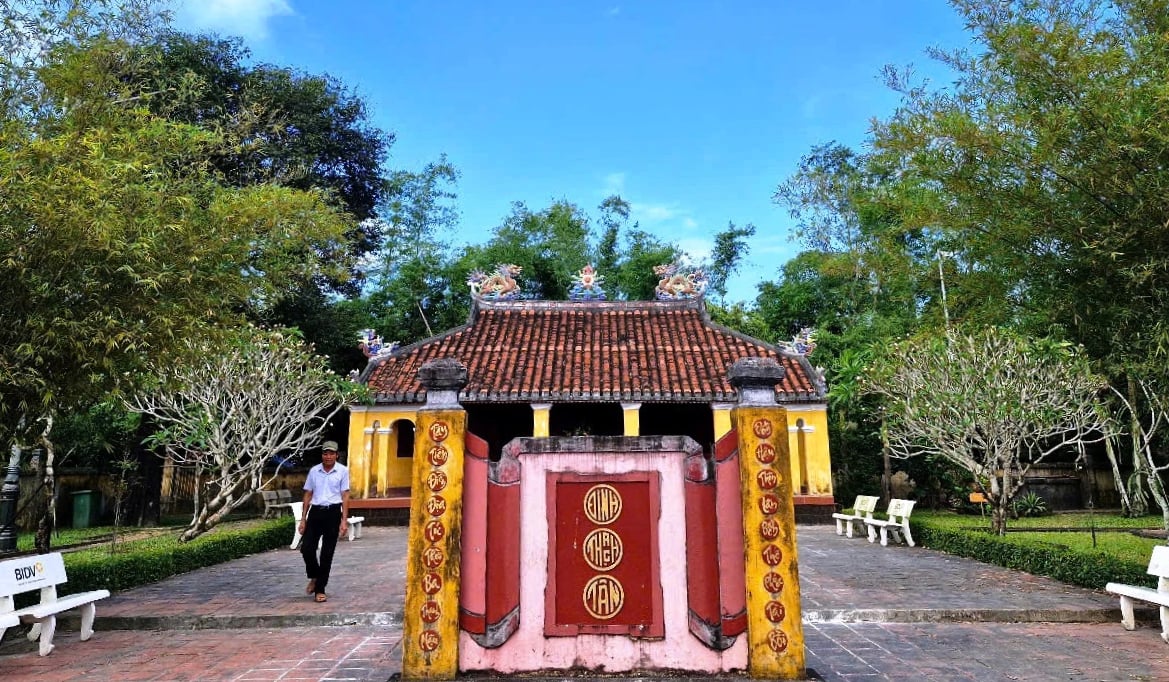
Thach Tan communal house is over 300 years old and is considered a sacred communal house.
PHOTO: MANH CUONG
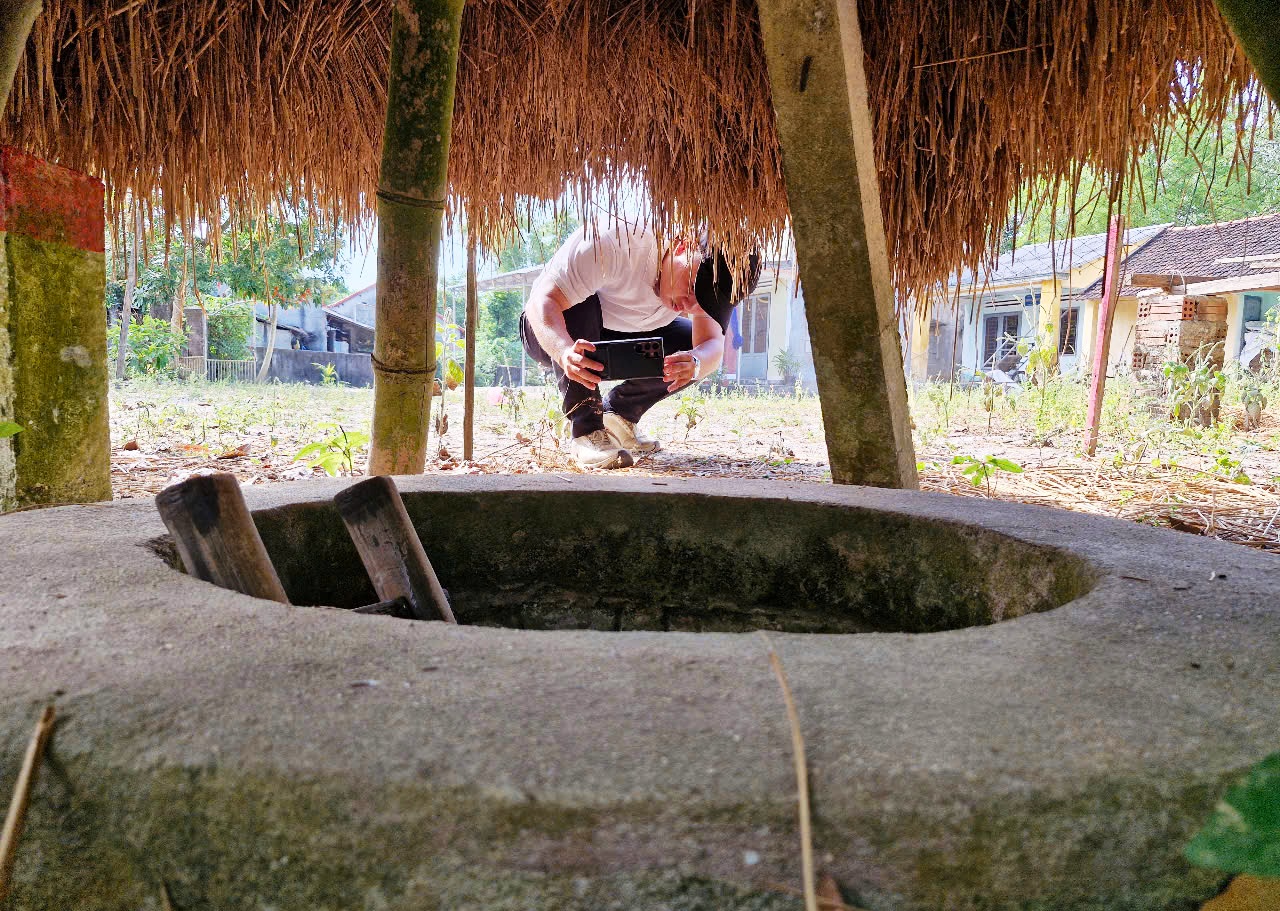
The straw tunnel mouth leading to Ky Anh tunnel
PHOTO: MANH CUONG
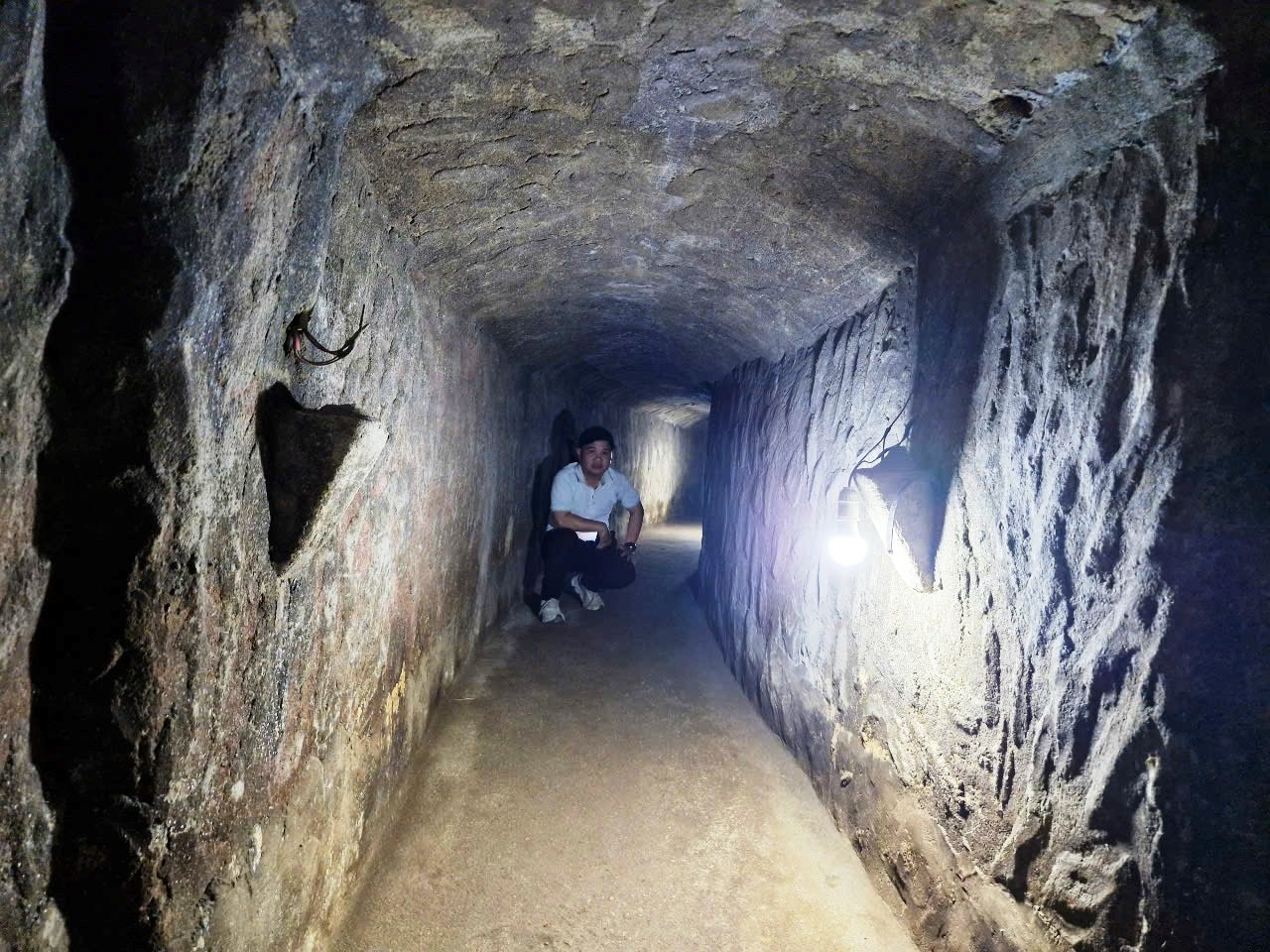
Ky Anh tunnels with a complex system of tunnels dug by hand, winding through villages, became a safe haven, a secret base of operations for soldiers and guerrillas.
PHOTO: MANH CUONG
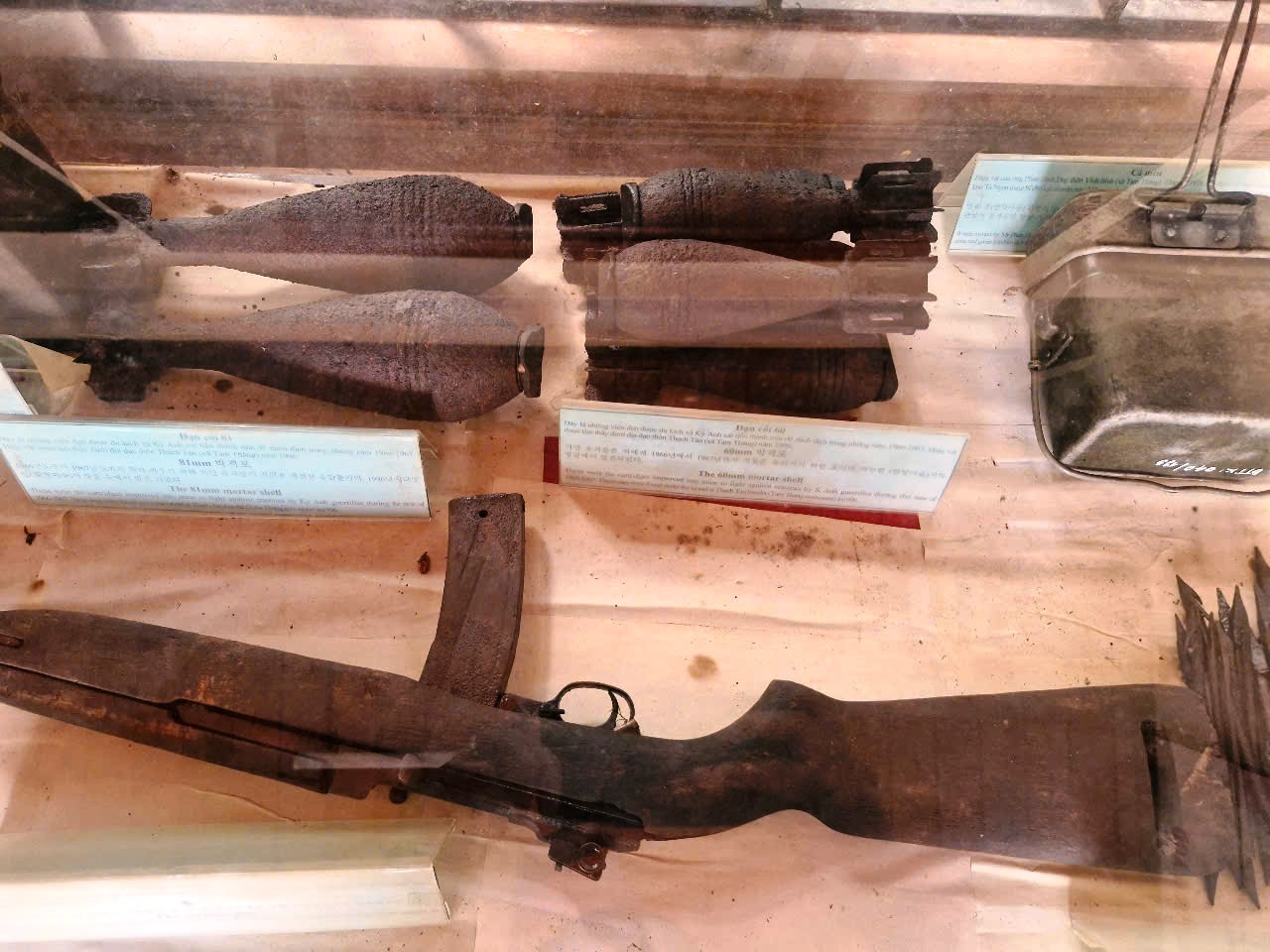
Wartime relics are displayed at the Ky Anh tunnel memorial house for people and tourists to visit and learn about.
PHOTO: MANH CUONG
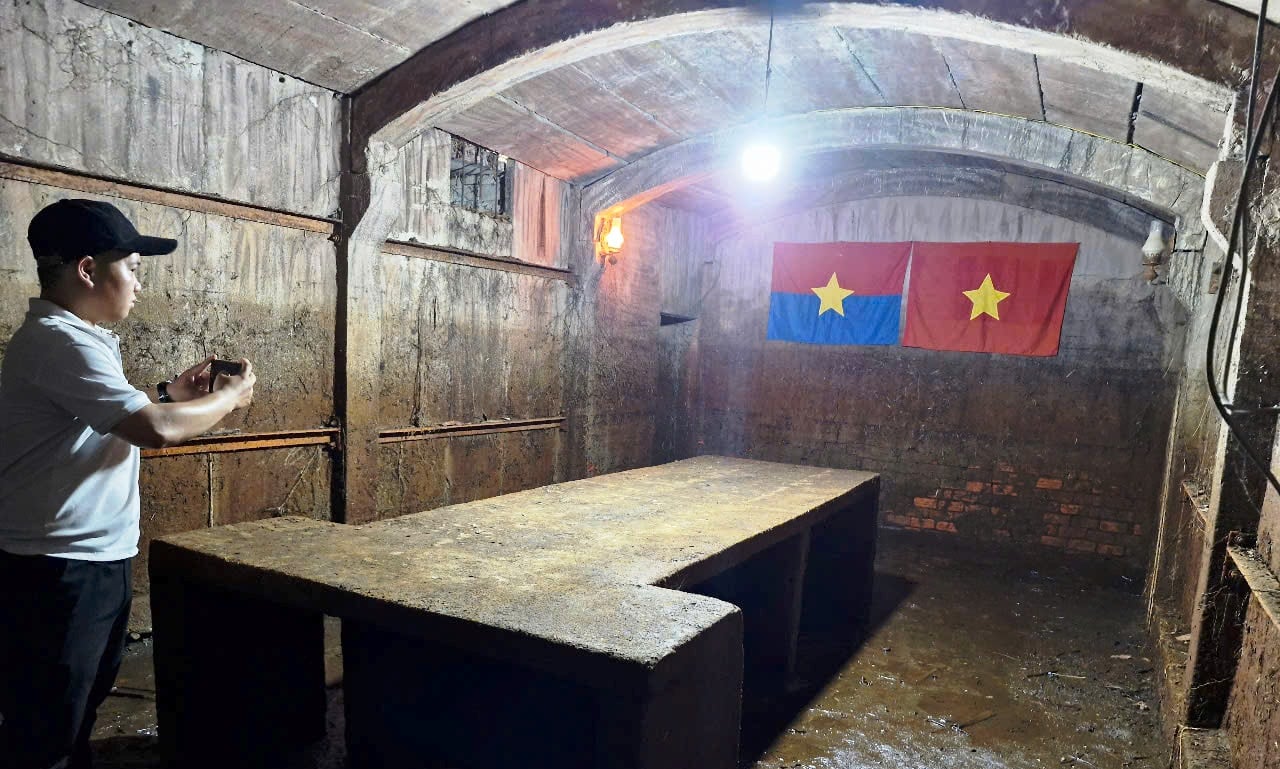
Meeting area for discussing combat operations in the tunnels
PHOTO: MANH CUONG
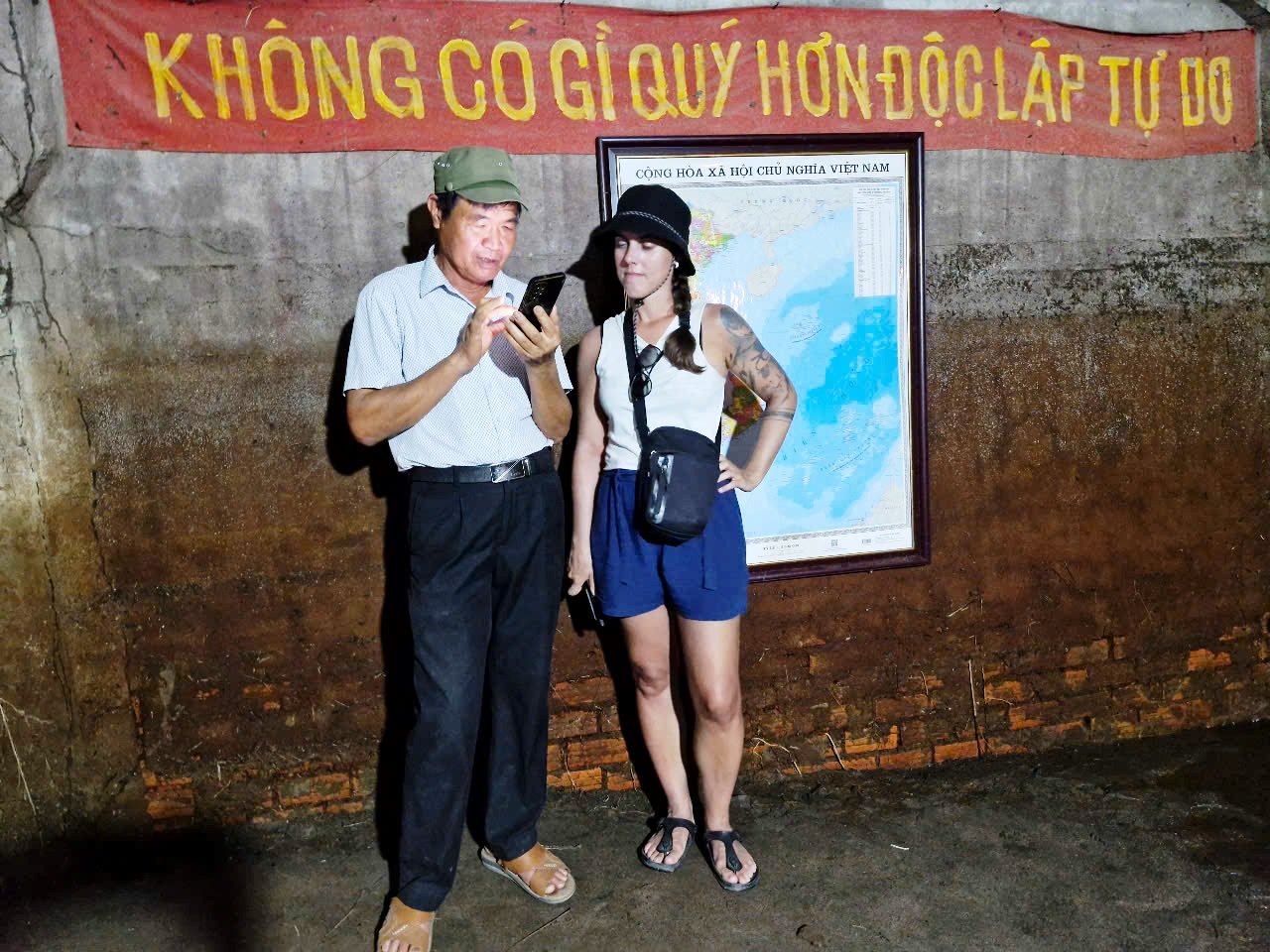
Ky Anh tunnels attract tourists to visit and explore
PHOTO: MANH CUONG
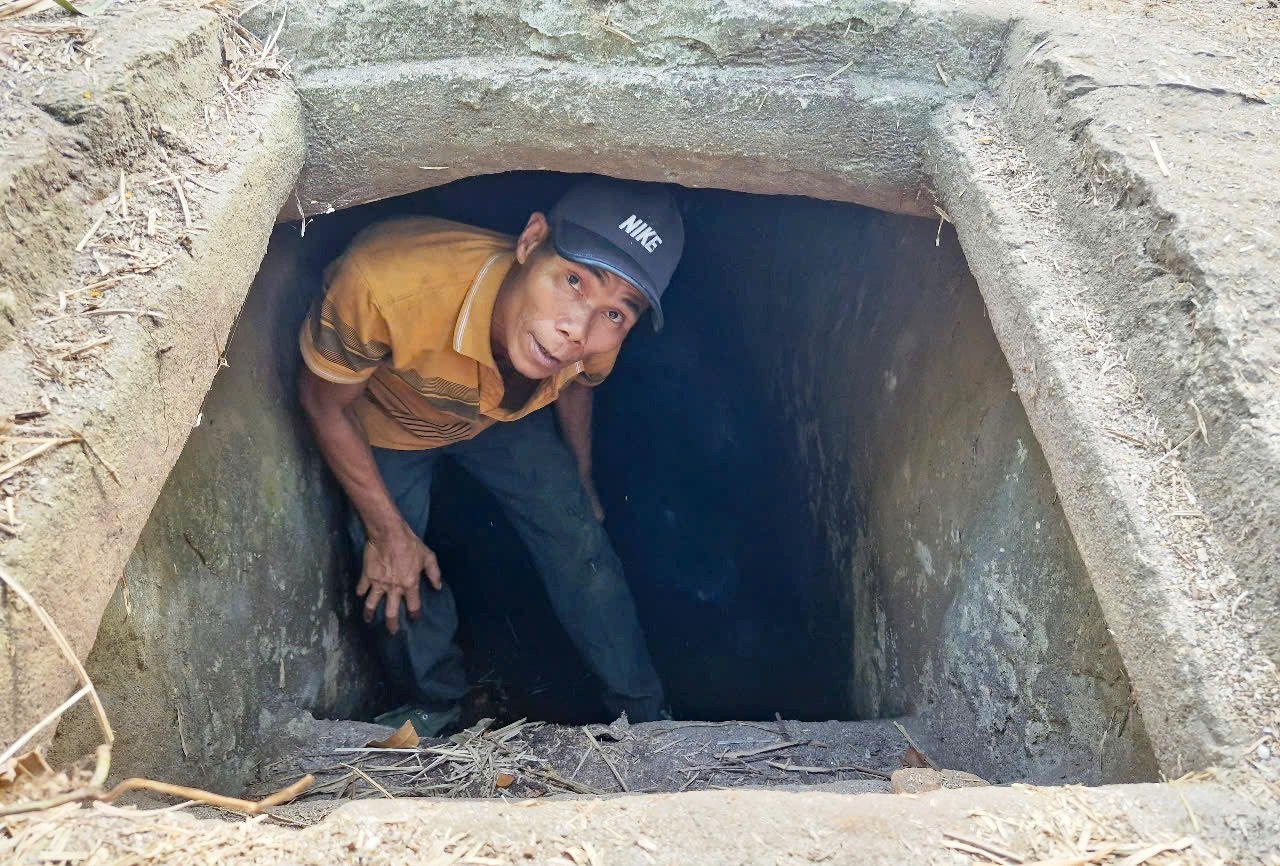
Another tunnel mouth leading to Ky Anh tunnel
PHOTO: MANH CUONG
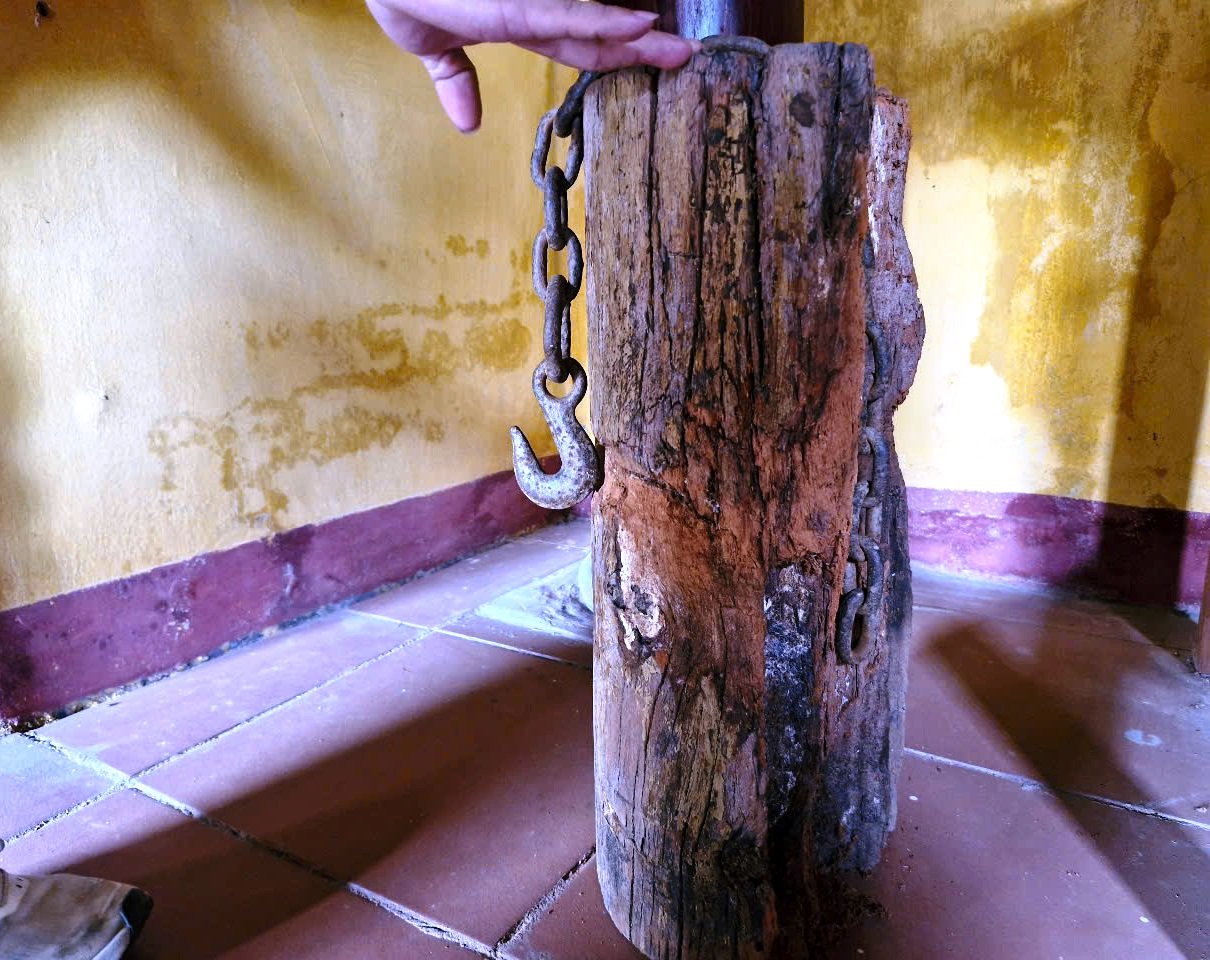
The communal house pillar of Thach Tan village was attached to a chain that the enemy used 4 tanks to pull but did not fall.
PHOTO: MANH CUONG
Source: https://thanhnien.vn/dia-dao-trong-long-dan-dai-32-km-o-quang-nam-co-gi-dac-biet-185250421180455292.htm


![[Photo] General Secretary To Lam holds a brief meeting with Russian President Vladimir Putin](https://vphoto.vietnam.vn/thumb/1200x675/vietnam/resource/IMAGE/2025/5/10/bfaa3ffbc920467893367c80b68984c6)

![[Photo] Prime Minister Pham Minh Chinh chairs a meeting of the Steering Committee for key projects in the transport sector.](https://vphoto.vietnam.vn/thumb/1200x675/vietnam/resource/IMAGE/2025/5/10/0f4a774f29ce4699b015316413a1d09e)
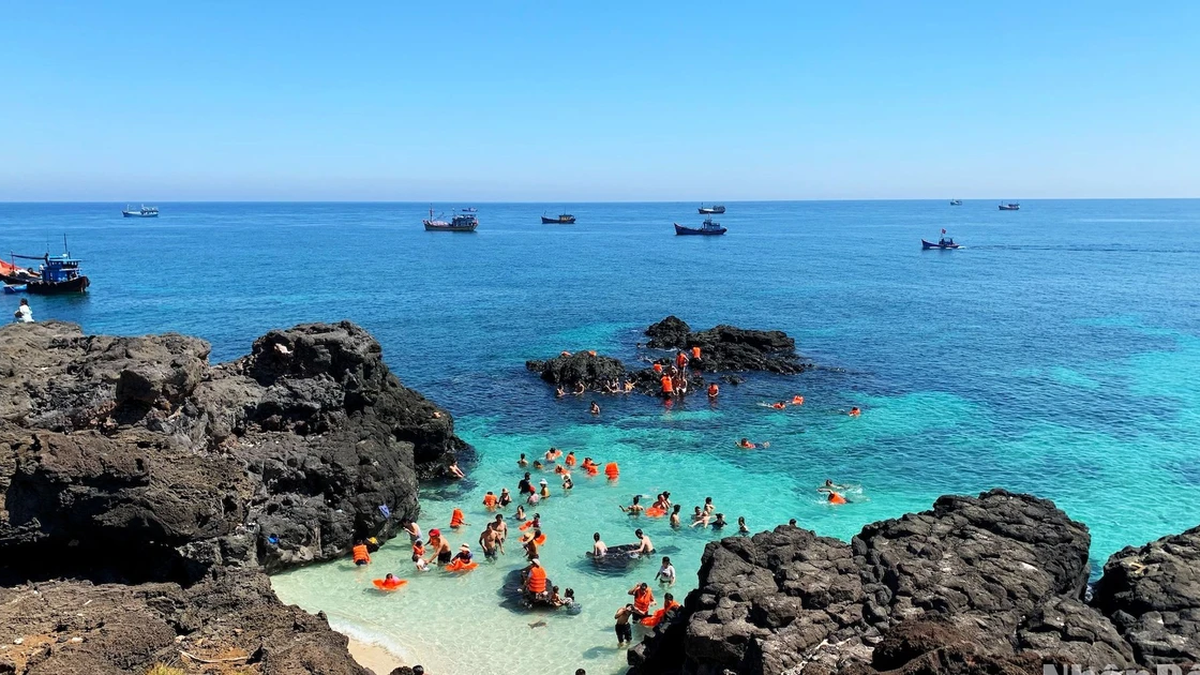




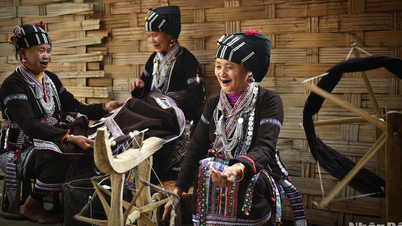











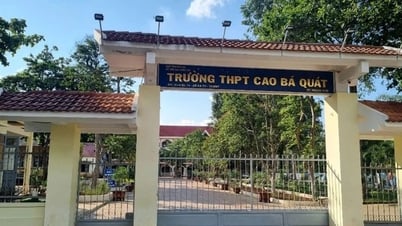








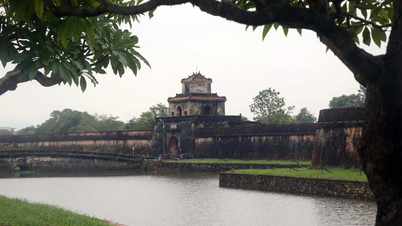

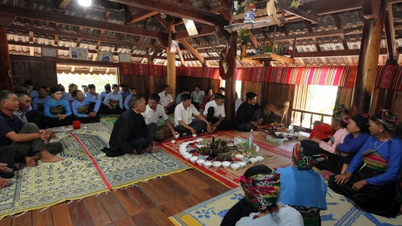





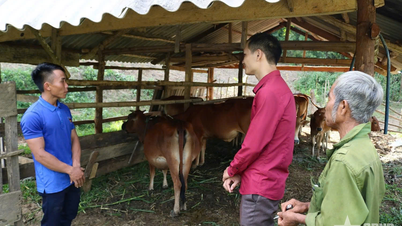



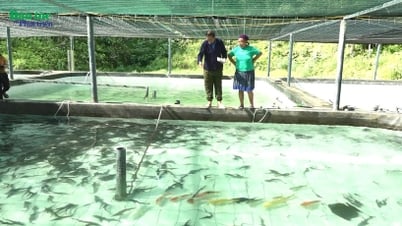

























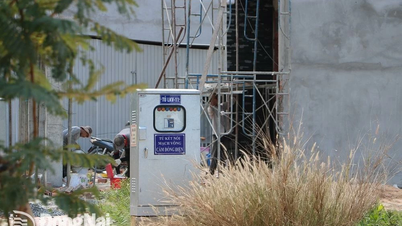

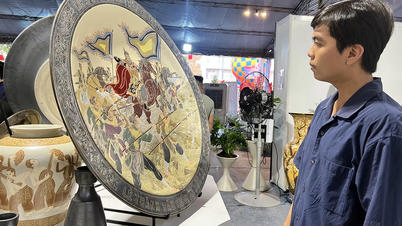

















Comment (0)